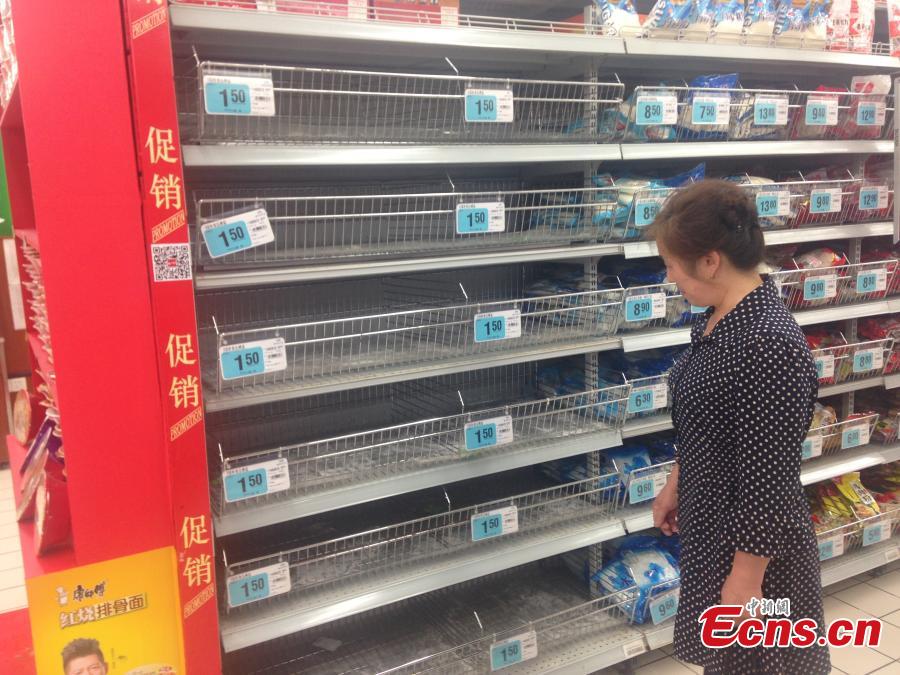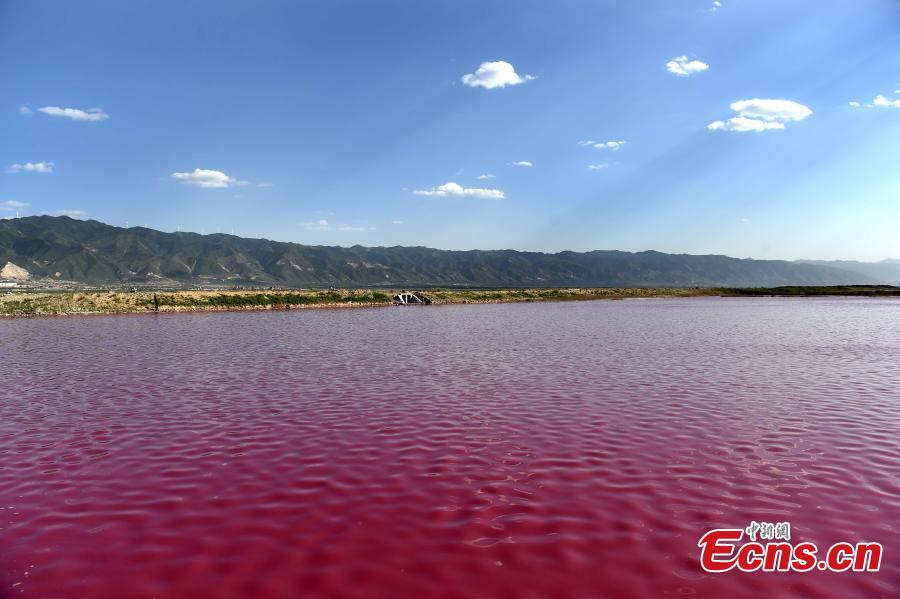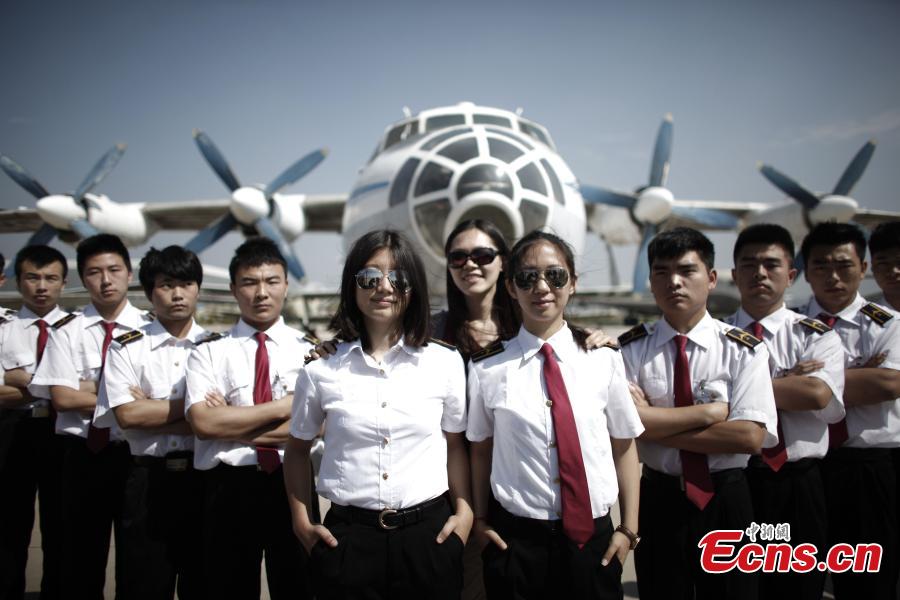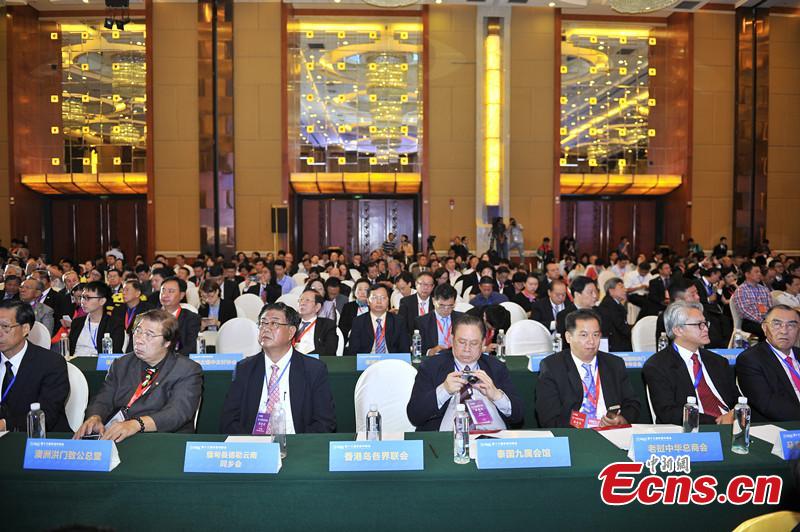(Ecns.cn) – China's seawater desalination industry has progressed at a very slow pace for the past four decades, but 2011 may be a turning point as the government attempts to strengthen its expertise in the field and shift the country onto a more sustainable path of development.
On Nov. 5, the opinion that "the spring of seawater desalination has finally arrived" expressed by Yang Shangbao, director-general of the Department of Resource Conservation and Environmental Protection at the National Development and Reform Commission (NDRC), drew much attention at an academic conference, according to the Southern Weekly.
Yang revealed that the NDRC is currently drafting two important documents concerning the development of the seawater desalination industry in participation with 11 ministries and commissions, which will serve as supportive policies in the future.
Since policy drivers are sometimes more important than economic drivers in China, if the government says desalination is going to become a focal area, then a steady flow of funding is likely and prospects are high, experts say.
Hunger for equipment
In November, Yang Shangbao received a number of the executives of power and desalination plants from countries such as Norway, Japan and Israel. Some international desalination giants began showing their intention to enter China's market, an interest sparked by the signal from the government.
On Oct. 22, many experts specializing in seawater desalination received invitations from the NDRC and the Ministry of Water Resources (MWR) to attend high-profile meetings in Beijing and Hangzhou, the capital of east China's Zhejiang Province, where about 70 Chinese experts and over 20 foreign experts exchanged views.
Earlier on July 25, the MWR organized an expert group to visit coastal provinces and cities such as Zhejiang, Qingdao, Tianjin and Dalian in order to investigate the extent of seawater utilization.
These are all signs that China is now trying to promote another environment-related industry, in addition to solar panels and wind turbines, which could ease the chronic fresh water shortage in the country.
Currently China only has a total daily seawater desalination capacity of around 670,000 tons, which is little more than 1% of the global figure of 49.7 million tons. However, this is expected to reach 1.5 to 2 million tons by the end of the 12th Five-Year Plan (2011-2015), according to a recent ministerial announcement.
This implies an increasing demand for equipment with desalination technology. However, the price of equipment made in China is much more expensive compared to countries such as the United States, France, Japan and Israel.
The hunger for equipment coupled with the price disadvantage may force China to consider overseas enterprises at first, which would provide good business opportunities.


















